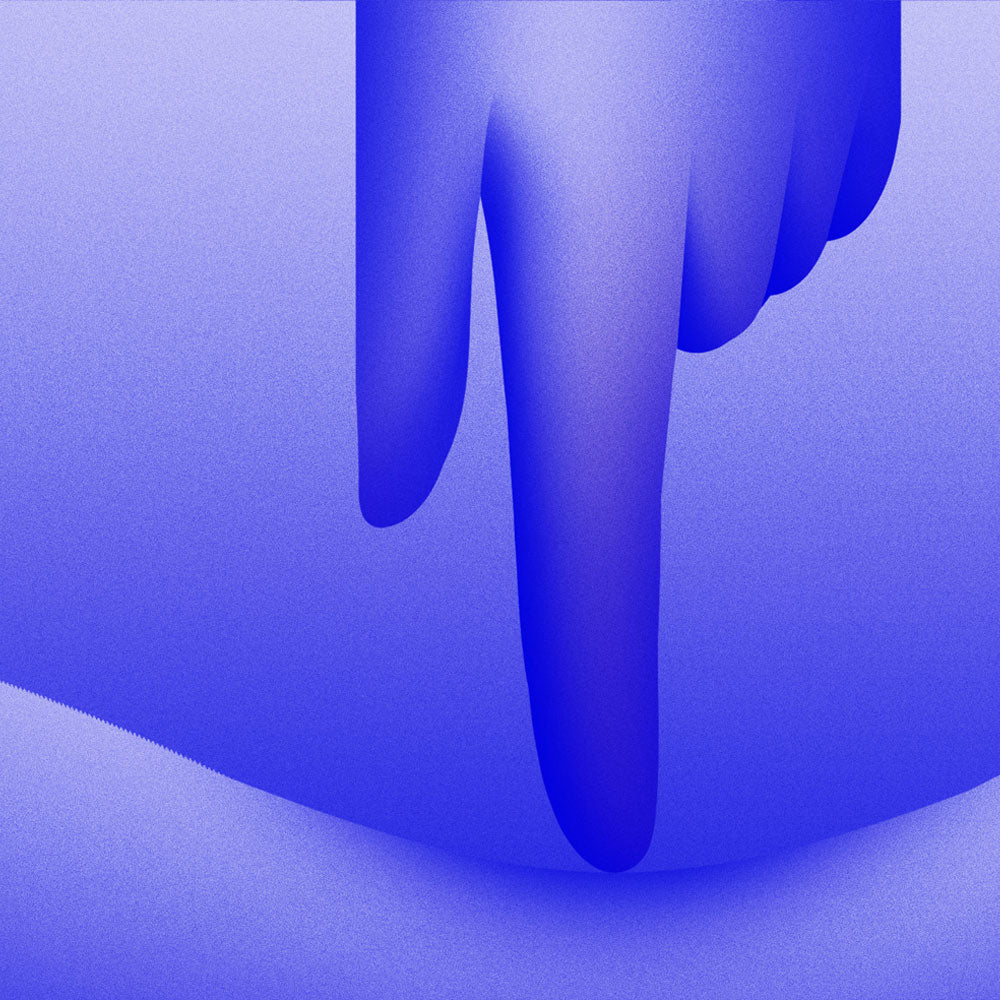What the heck is fascia?
Before we dive into myofascial release, we need to understand what fascia is and where fascia comes from. Fascia is defined as the “soft tissue component of the connective tissue system that permeates the human body forming a whole body continuous three dimensional matrix of structural support”. Sounds like a mouthful, yeah? Essentially, it’s connective tissue that covers all the structures in your body and contains nerves. Fascia’s function is to provide mechanical support and stability, as well as acting as the largest sensory system in the body. So how’d the nerves get all the way in the fascia in the first place? It’s easiest to start from the beginning- no, really, let’s start from an embryo. This is where the root of all connective tissue originates, from fascia, to nerves, to ligaments and even bones. While in utero, fascia is busy dividing into four layers:- The pannicular layer, which forms adipose (fat) tissue
- The axial layer, which forms the musculoskeletal system of myofascia, muscles, bones, ligaments and tendons
- The visceral layer, which covers and connects the vital organs
- The meningeal layer, which forms the central and peripheral nervous system.
What is myofascial release?
Myofascia is specifically referring to the thin white layer that covers each and every one of our muscles, like the silver skin on a pork tenderloin (sorry, vegetarians of the world). Each time you stretch a muscle, you’re also stretching fascia- you can’t move one without moving the other. Under normal circumstances, the myofascia should easily glide over the muscle, meaning you can move your body without restriction and pain-free. When this mobility is lost, myofascial pain can arise. The nerve network that’s within fascia is very sensitive to stretch, trauma, and temperature, so anything that affects these domains can cause the fascia to contract- think things like surgery, inflammation or blunt force trauma. Myofascia can’t take the blame for all pain, but it can be one culprit of restricting the movement of a muscle or joint. Myofascial release is a technique to relieve pain and improve flexibility, and it’s essentially a practitioner having a conversation with your nervous system. It involves sliding the fascial layer over the muscular layer and addressing any restrictions in the three planes of motion that the body moves: forward/backwards, left/right, and clockwise/counter clockwise rotation. A practitioner can find the restriction in one plane of motion, then find the restriction in the next, and finally the third in what’s called a ‘fasical stack’. From there, the nervous system does the rest. As much as it feels like the practitioner is doing the work, don’t rob yourself of that self-efficacy, because its truly your brain that’s choosing to change the tension on that tissue. The goal of myofascial release is to restore normal motion of the muscles in your body so you can move in three planes of motion without pain or inflexibility. Cupping, Graston/IASTM, and Strain/Counterstrain are a few other techniques that fall into the category of myofascial release.Does it work?
The short answer: yes, in conjunction with other treatments. Myofascial release with physical therapy is better than physical therapy alone in treating chronic low back pain. It’s got some positive short-term implications for fibromyalgia, improving pain, sleep, and quality of life. Simply put, myofascial release is not a cure-all, but one effective technique of many to decrease musculoskeletal pain.What does myofascial release feel like?
Myofascial release should not be painful, because pain causes the nervous system to tighten up the fascia, which shouldn’t be our goal. Myofascial release might feel like:- Softening of the tissues
- Heat, warmth
- Emotional reaction
- Tingling
- Deep breath, relaxation
Can you do it on yourself?
Sure! We know that self-massage has a lot of benefits, and some folks may not have access to someone who performs myofascial release in their area. Here’s a couple of basic steps:- Find an area that feels tender.
- Using both hands, place one hand above the tender spot and one hand below the tender spot. Sink your hands into your tissue a bit, so you’re not just moving the skin.
- Move both of your hands to the left, then both to the right. Feel which direction has more restriction.
- Maintain the position of your hands and move both hands up, towards your head, and down, towards your toes. Feel which direction has more restriction.
- Maintain the position of your hands and move your hands in opposite directions in a clockwise/counterclockwise direction.
- Breathe deeply and allow the tissue to relax under your hands. This technique should not be painful, and if it is, back off a bit.
- Repeat until you’re able to move your tissue in all three planes of motion with decreased pain.





















































1 comment
Thank you for explaining to us that myofascial release is a technique used to relieve our aches and improve flexibility when we experience myofascial pain due to losing mobility in our muscles. My shoulders are stiff due to my poor posture after sitting in front of a desk for hours because of overtime work, so I need to get treatment soon since it feels quite painful and uncomfortable. I’ll keep this in mind while I look for a myofascial therapist in Poulsbo to contact for an appointment soon. https://www.quantumleappt.com/benefits